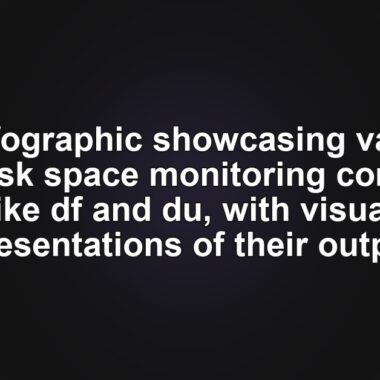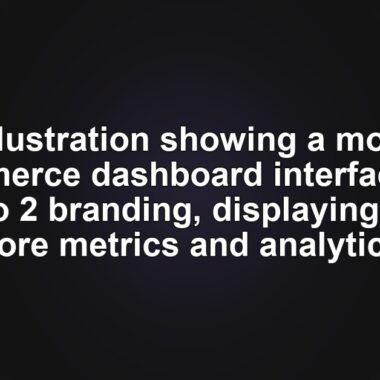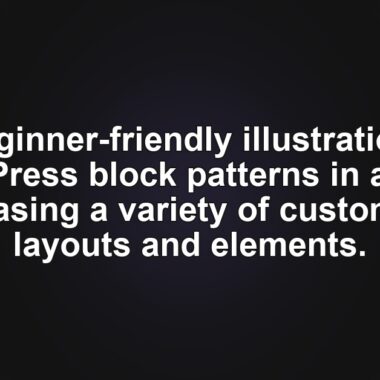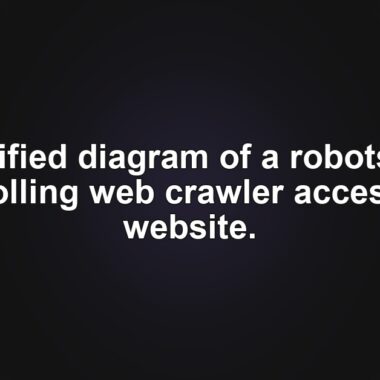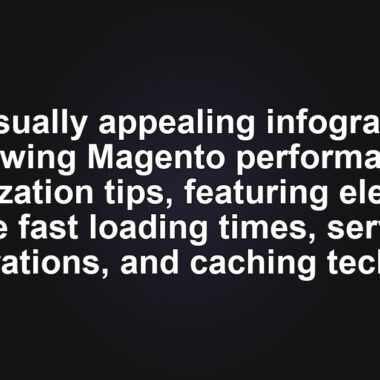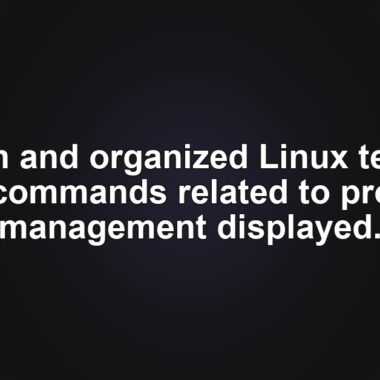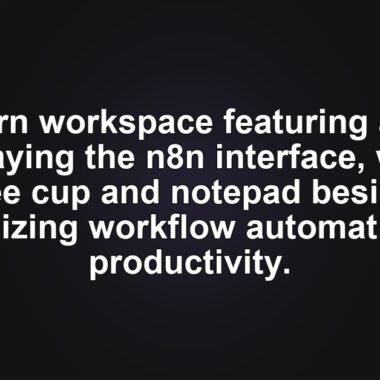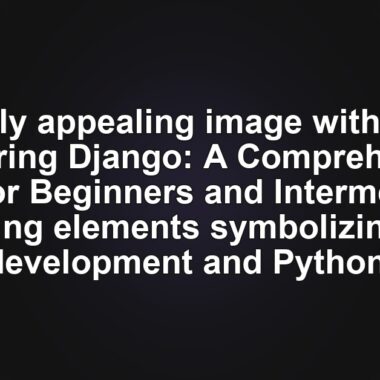![]()
The Ultimate Guide to Content Management Systems (CMS) for WordPress Users
A content management system (CMS) is a software application that runs in a browser. It provides users with a graphical user interface that allows them to create and manage a website without needing to code it from scratch. In this guide, we will explore the different types of CMS, how they work, popular CMS platforms, and how to choose the right CMS for your needs.
What Is a CMS?
A content management system (CMS) is a software application that handles the basic infrastructure of creating websites. With a CMS, users can focus on the front-end areas of website building, such as customizing the website design and managing content. There are multiple types of content management systems available, including open-source CMS, cloud CMS, and proprietary CMS.
How Does a CMS Work?
To understand how a content management system works, you first need to know what makes a website and how to build one from scratch. A website consists of two main parts ‒ the front-end and the back-end. The front-end is the part an end-user sees in their browsers, such as blog posts, galleries, and videos. The back-end consists of the database and the functionality of a website. A content management system lets you streamline these processes, eliminating the need to code and making uploading content easier.
Content Management Application (CMA) and Content Delivery Application (CDA)
A content management system contains two core elements ‒ the content management application (CMA) and the content delivery application (CDA). The CMA handles site content entry, allowing users to add, manage, and modify the content with ease. The CDA serves as the back-end of the CMS software, storing and managing the content input through the CMA and publishing it to be visible for the site visitors.
Plugins, Extensions, and Themes
Content management systems allow you to create posts and pages and modify the overall design of your website. Additional features like search engine optimization (SEO), search functions, security, and customizations are available via extensions such as plugins and themes. Plugins and extensions are software components that carry specific functionalities, while themes provide a consistent visual interface for your site. These components are available for download via the CMS’s plugin and theme directories or third-party marketplaces.
Popular Content Management Systems
There are several popular CMS platforms to consider, including WordPress.org, Drupal, PrestaShop, Magento, and Joomla!. WordPress.org is the most popular CMS, suitable for all kinds of websites, while Drupal is a powerful CMS used by large businesses and government entities. PrestaShop is ideal for small to medium-sized eCommerce businesses, and Magento is a popular choice for medium to large-scale online stores. Joomla! is another excellent open-source CMS suitable for personal or business use.
Pros and Cons of Using CMS
Using a CMS has its pros and cons. The pros include ease of use, cost-effectiveness, scalability, user management functionality, and abundant online documentation. However, there are also cons, such as security risks, bare minimum SEO, and limited flexibility. It’s important to weigh these factors before choosing a CMS.
How to Choose the Right CMS
When choosing a CMS, consider factors such as website type, cost, scalability, SEO capabilities, marketing features, and security. It’s crucial to pick a CMS that best suits your project’s needs. There are many CMS platforms available, so be sure to do thorough research.
How to Start Using a CMS
Before using a CMS, you need to buy web hosting and register a domain. Make sure the hosting provider supports your chosen CMS. Once you have the CMS set up, you can access the control panel under the registered domain name to start customizing your website and adding content.
Conclusion
Using a content management system (CMS) allows you to create and run a professional website without any programming knowledge and at a minimal cost. CMS platforms offer customizability through pre-made templates and extensions. Consider your website needs and preferences when choosing a CMS platform, and don’t forget to explore additional options if the mentioned CMS platforms are not suitable for your project.
👉
Start your website with Hostinger – get fast, secure hosting here 👈
🔗 Read more from MinimaDesk:
- How Many WordPress Plugins Are Too Many? Best Practices for Performance Optimization
- WooCommerce vs BigCommerce: A Comprehensive Comparison for WordPress Users
- A Comprehensive Guide to Using WooCommerce Shortcodes for WordPress Users
- A Beginner’s Guide to FTP: How to Use FTP for File Transfers
🎁 Download free premium WordPress tools from our Starter Tools page.
